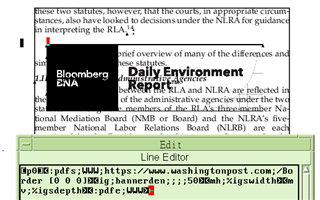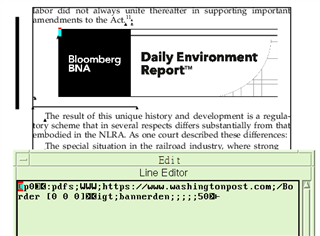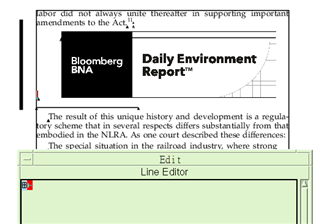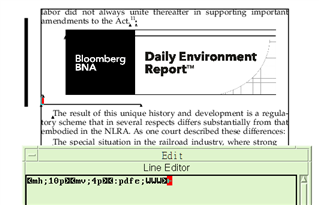We're trying to link a url to an image. Is that possible? I can make text link to a url by putting it between the cite tags. I am able to put an image between the cite tags, but clicking it on the PDF does not work. Am I doing something wrong or is it just not possible?

 Translate
Translate







